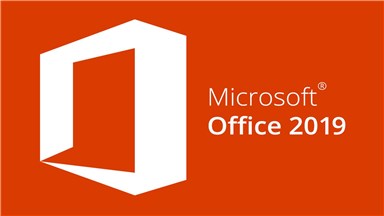

So if your organization has chosen to deploy Office 2019, you can deploy it using SCCM. The mains steps are :
- Preparing the installation
- Create the SCCM application
- Create the deployment type
- Deploy the application
PREPARE SCCM OFFICE 2019 INSTALLATION
The first step is to download the Office Deployment Tool and create a Download.xml file that we’ll use to download the latest version of Office 365 Pro Plus (2019). Read the Reference for Click-to-Run xml file to know more about the available options.
- Download the Office 2016 Deployment Tools
This is not a mistake. The Office Deployment Tools is version 2016. If you read the fine print you’ll see that the ODT can download 2019 products: Updated to support the download and installation of Office 2019 products.
- After downloading the tool, run OfficeDeploymentTool.exe
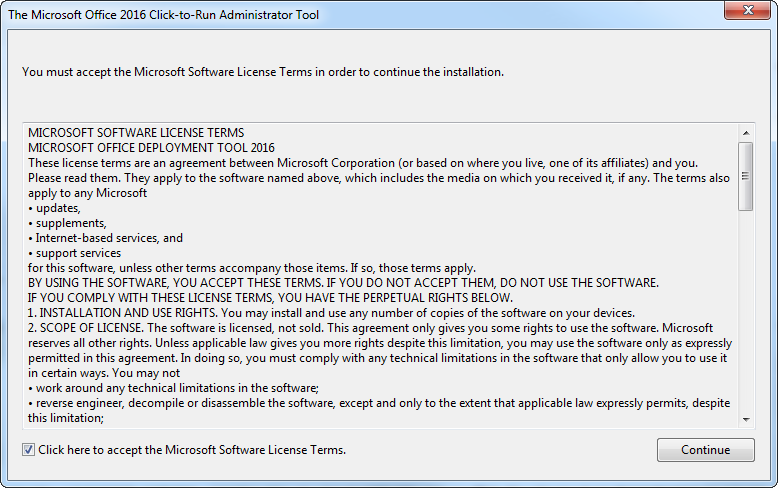
- Extract the files to a drive on your computer
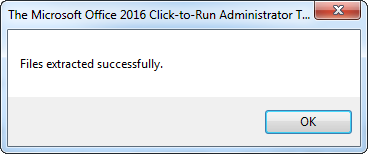
- You’ll end up with 3 files (Setup.exe and 2 configuration files)
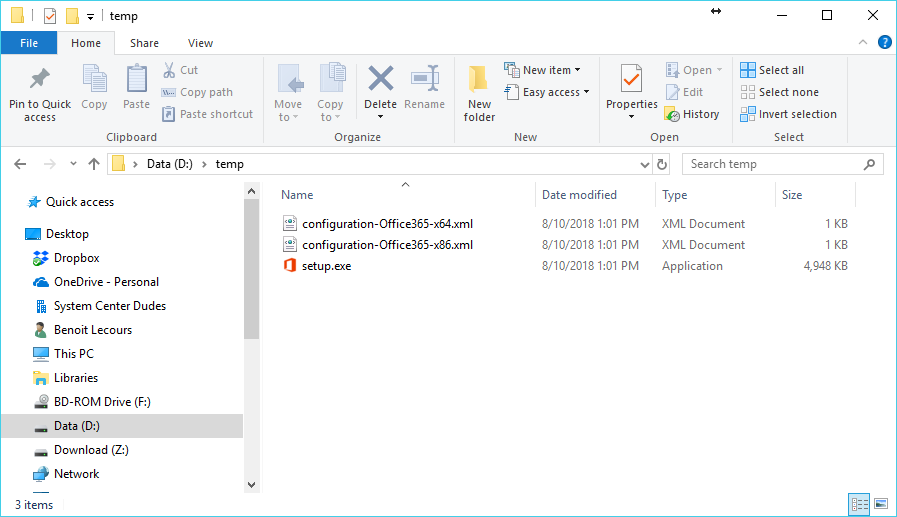
Create a Download.xml file and copy this content :
<Configuration>
<Add SourcePath=”C:\Office 2019″ OfficeClientEdition=”32″ >
<Product ID=”ProPlus2019Volume”>
<Language ID=”en-us” />
<Language ID=”fr-fr” />
</Product>
</Add>
</Configuration>
- In our example, we are downloading the 32 bit version in the C:\Office 2019 directory and add the English and French language
- Change the SourcePath and OfficeClientEdition if desired
- The ProductID is important and can be changed if you need a different product
- You can also add an additional language if needed by modifying/adding more language in <Language ID=”xx-xx” />
- Save the Download.xml file in the same directory as Setup.exe
We will now modify the Configuration-O365-x86.xml file that will be used when deploying Office 2019
- Open the Configuration-O365-x86.xml file and modify it to reflect this :
<Configuration>
<Add OfficeClientEdition=”32″ >
<Product ID=”ProPlus2019Volume”>
<Language ID=”en-us” />
<Language ID=”fr-fr” />
</Product>
</Add>
<Display Level=”None” AcceptEULA=”TRUE” />
</Configuration>
It’s important that you don’t include the SourcePath attribute in the Add section of your Configuration.xml file. That’s because SCCM copies the installation files for an application into a folder under the SCCM client cache folder, and the name of that subfolder is different for each computer. The DisplayLevel and AcceptEULA parameters ensure that our installation is silent. You can also use the PIDKEY setting if you don’t have a KMS server for activation.
Once the 2 files are created and modified, we can launch the download using our Download.xml file :
- Open an administrator command prompt and navigate to your folder
- Execute : Setup.exe /download Download.xml
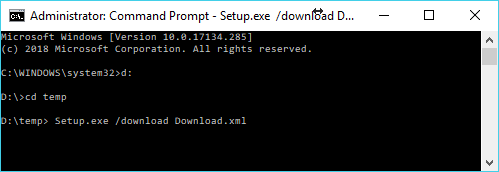
The download starts silently, you’ll see an Office folder appear in your specified Office 2019 directory (in download.xml). The folder is around 2GB so it will take some time to complete depending on your download speed. You won’t have a notification when it completes.

If the directory was created outside your SCCM source directory, move it to its definitive location before creating the application.
CREATE THE SCCM OFFICE 2019 APPLICATION
- Open the SCCM console
- Go to Software Library / Application Management / Applications
- Right-click Applications and choose Create Application
- On the General tab of the Create Application Wizard, select Manually specify the application information, choose Next
- On the General Information tab, enter a name for the application, enter any optional information, choose Next
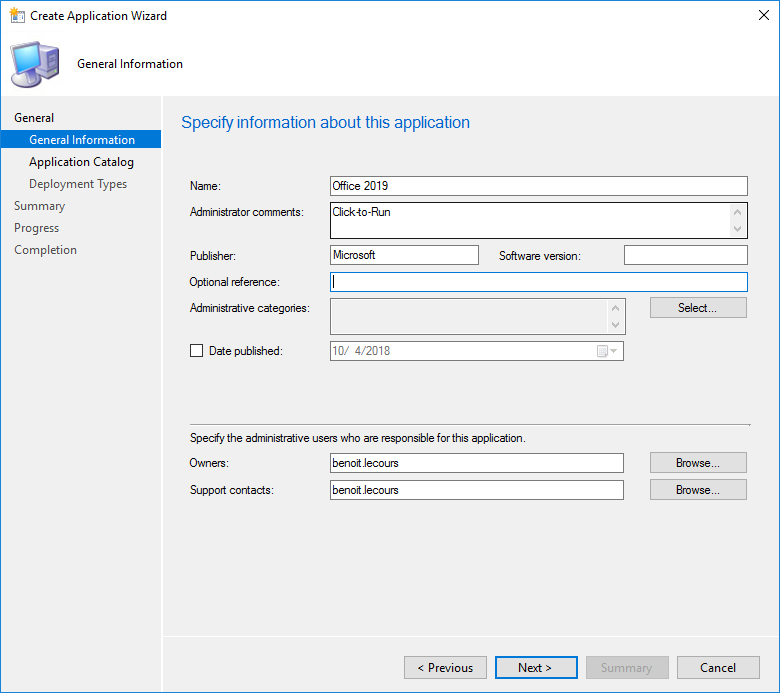
- On the Application Catalog tab, provide the information that’s appropriate for your environment, choose Next
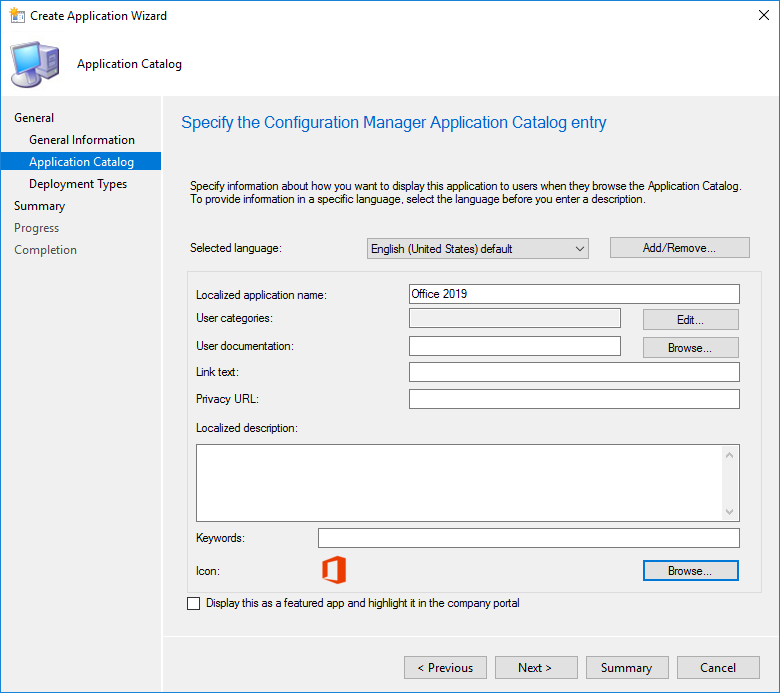
- On the Deployment Types tab, choose Next. We’ll add a deployment type later
- On the Summary tab, review the settings you’ve chosen, choose Next
- Complete the wizard by selecting Close
CREATE SCCM OFFICE 2019 DEPLOYMENT TYPE
- Open the SCCM console
- Go to Software Library / Application Management / Applications
- Right-click the Office 2019 application and choose Create Deployment Type
- On the General tab of the Create Deployment Type Wizard, in the Type list, select Script Installer, choose Next
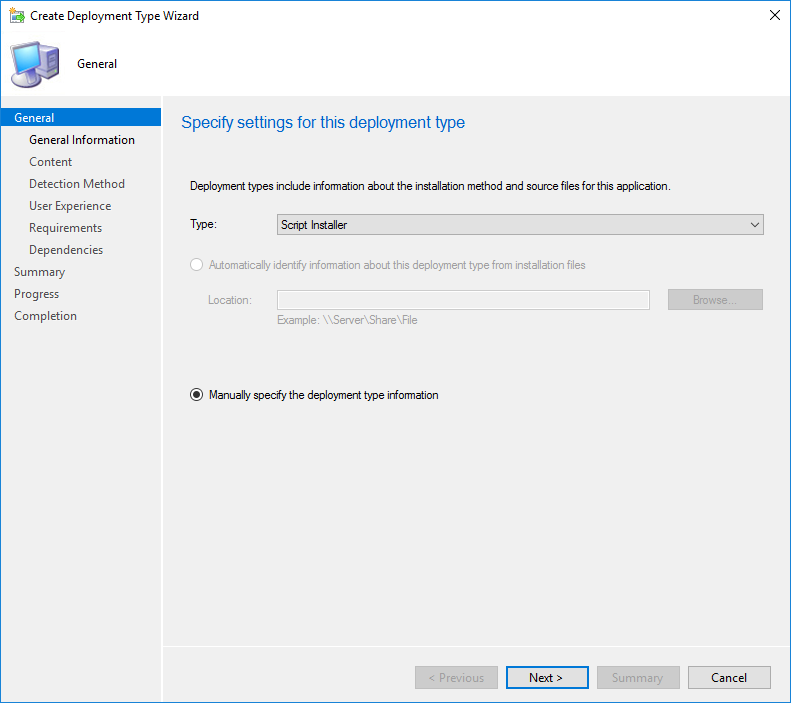
- On the General Information tab, enter a name for the deployment type, enter any optional information, and then choose Next
- On the Content tab, do the following :
- In the Content location box, enter the network share where you put the Office Deployment Tool, your Configuration.xml file, and the Office 365 ProPlus installation files that you downloaded from the Internet
- In the Installation program box, enter the following text: Setup.exe /configure Configuration-O365-x86.xml
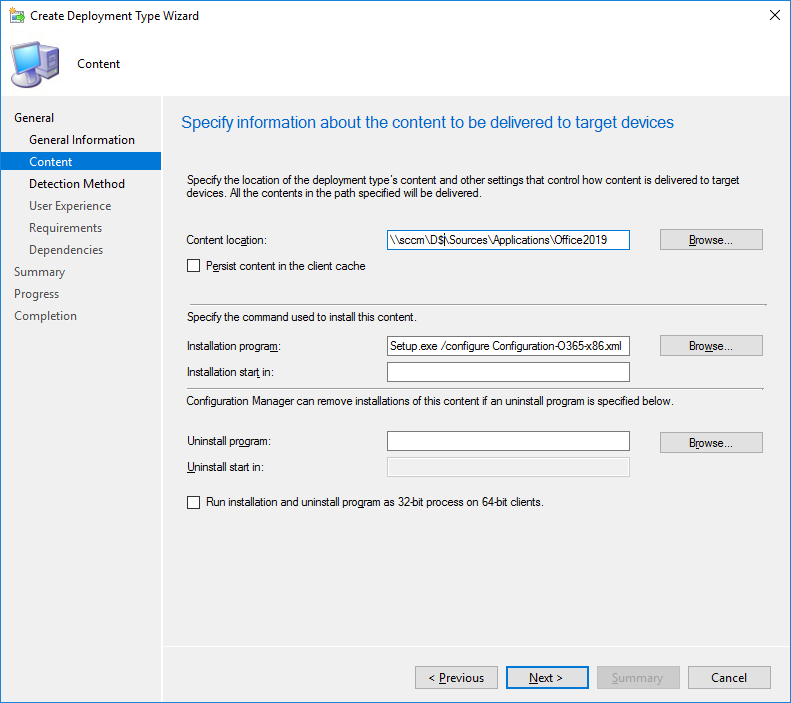
- After you enter this information, choose Next
- On the Detection Method tab , choose Add Clause
- In the Detection Rule dialog box, do the following :
- Setting Type – Registry
- Hive – HKEY_LOCAL_MACHINE
- Key – SOFTWARE\Microsoft\Office\ClickToRun\Configuration
- Check Use (Default) registry key value for detection
- Check This registry key is associated with a 32-bit application on 64-bit systems
- Data Type – String
- Select This registry setting must exist on the target system to indicate the presence of this application
- In the Detection Rule dialog box, do the following :
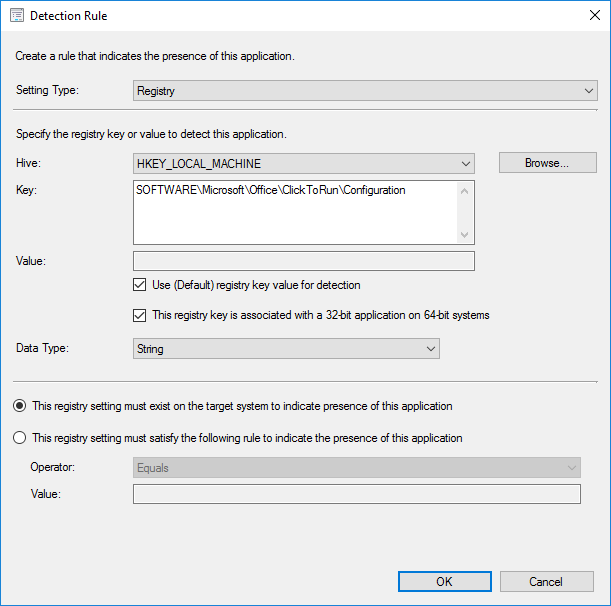
- After you enter this information, choose OK, and then choose Next
- On the User Experience page, in the Installation behaviour list, select Install for system, and then choose Next
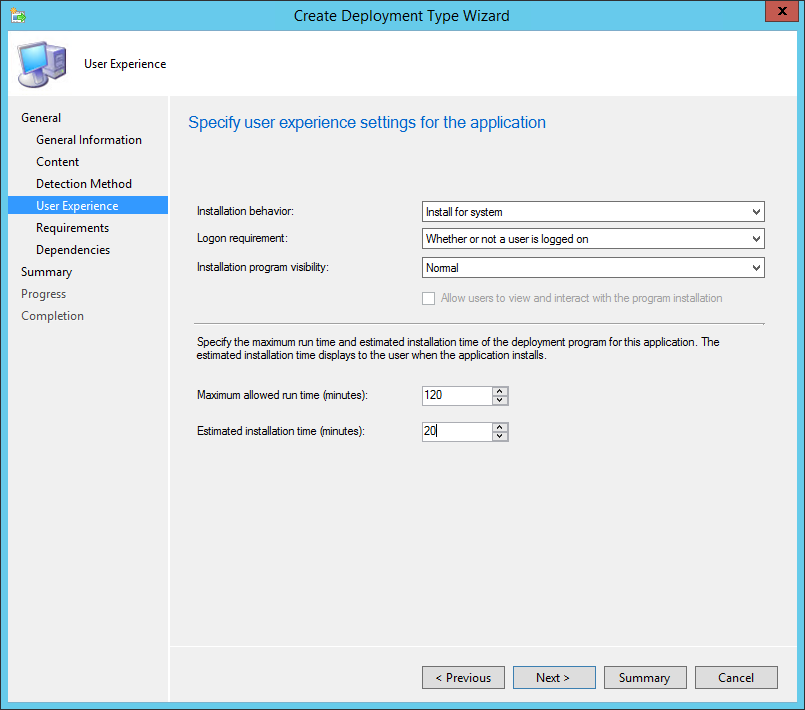
- If you want to specify any requirements or dependencies for the deployment type, choose Next to go through those pages in the wizard. Otherwise, choose Summary
- Complete the wizard by selecting Close
The only step left is to distribute the content to your distribution points and create an SCCM Office 2019 deployment.
BONUS INFORMATION
There is a new set of Administrative Template files (ADMX/ADML) for Group Policy settings. You can download the Administrative Template files using this Microsoft Download Center link.
[ratings]









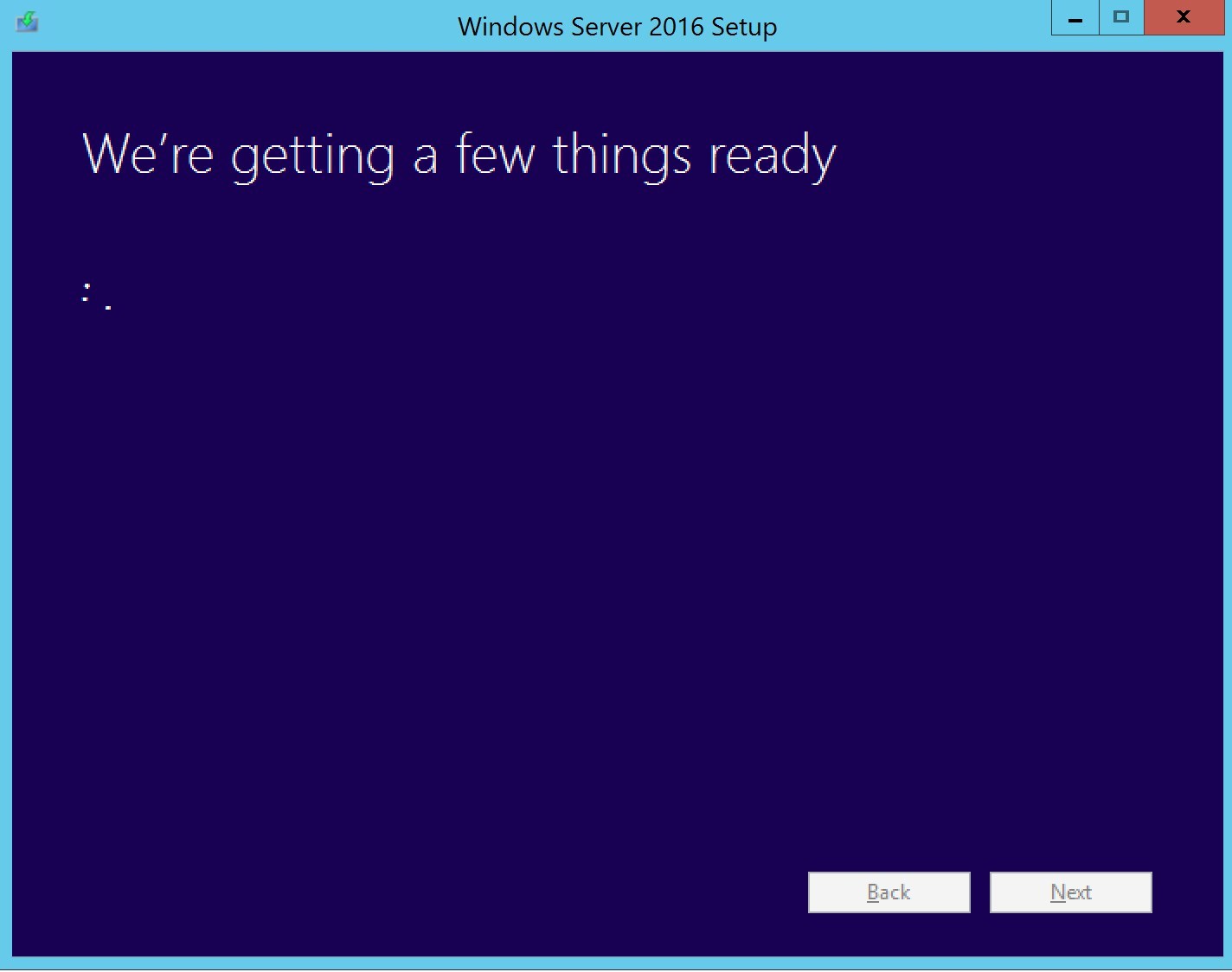




VC
09.03.2019 AT 08:58 AMITBrian
09.24.2020 AT 05:57 PMD B
07.25.2019 AT 08:10 AMAaron
07.02.2019 AT 12:53 PMDavid Ramirez
06.26.2019 AT 07:34 AMusername
04.19.2019 AT 11:26 AMfinding replacement parts
03.27.2019 AT 04:08 AMDana
02.19.2019 AT 02:45 PMMichael Brown
11.26.2018 AT 11:55 AMJean-Sebastien
11.22.2018 AT 10:39 AMMirza
11.20.2018 AT 05:54 PMSean Rodgers
01.28.2020 AT 02:05 PMgarnerl
11.07.2018 AT 04:00 PMJeff
11.21.2018 AT 02:49 PMGlenn Turner
10.29.2018 AT 10:46 PMChad Pyle
10.19.2018 AT 09:59 AMTim
10.16.2018 AT 07:21 PMsoch234
10.09.2018 AT 07:41 AMAlan Yousif
10.08.2018 AT 09:11 AMGlenn Turner
10.05.2018 AT 02:58 PMErik
10.04.2018 AT 07:24 PMEric Lindenfelser
10.04.2018 AT 02:06 PM